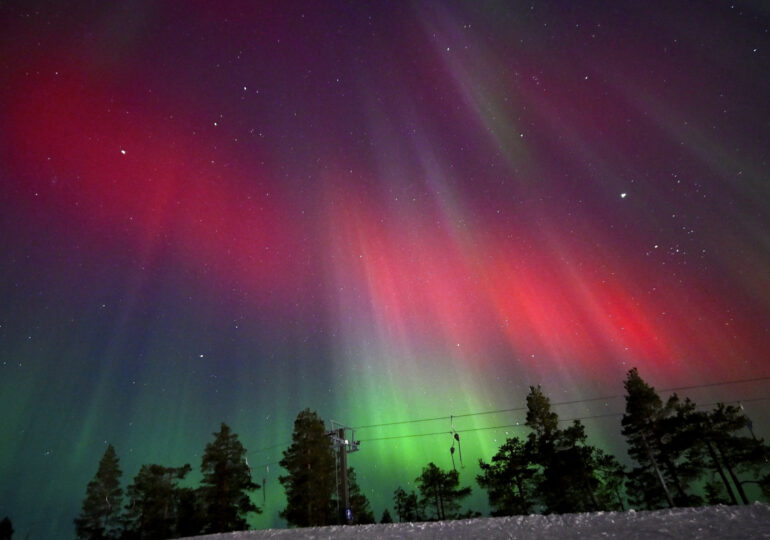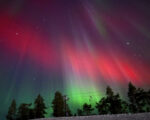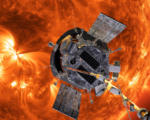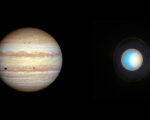Study Suggests Jupiter’s Earth-Sized Storms May Be Driven by Magnetic Tornadoes

A recent study published in Nature Astronomy on November 26 proposes that magnetic vortices descending from Jupiter’s ionosphere into its deep atmosphere may be the driving force behind the planet’s Earth-sized ultraviolet-absorbing storms. These dark, anticyclonic storms, which appear as dark ovals, are observed primarily in Jupiter’s polar regions. Spanning the size of Earth, the storms were first detected in the 1990s through ultraviolet (UV) light by the Hubble Space Telescope and were later confirmed by NASA’s Cassini spacecraft in 2000, sparking interest in understanding their origin.
The research, led by undergraduate researcher Troy Tsubota from the University of California, Berkeley, in collaboration with Michael Wong of UC Berkeley and Amy Simon from NASA’s Goddard Space Flight Center, investigates the mysterious dynamics behind these massive storms. According to their findings, the formation of these dark ovals is closely linked to magnetic tornadoes on Jupiter. These tornadoes arise due to friction between Jupiter’s powerful magnetic field lines and those in the planet’s ionosphere, generating swirling vortexes that reach deep into the atmosphere.
These magnetic tornadoes appear to stir the planet’s aerosols, causing dense layers of ultraviolet-absorbing haze to form in Jupiter’s stratosphere. This phenomenon leads to the creation of the dark, storm-like features observed on the planet’s surface. By shedding light on the complex interactions between Jupiter’s magnetic field and atmosphere, the study provides new insights into the dynamics of these gigantic storms.
Understanding the formation of these storms could offer broader implications for atmospheric science, not just on Jupiter but for other planets with strong magnetic fields. The study enhances our knowledge of planetary weather systems and the role of magnetic forces in shaping the environments of distant worlds. As researchers continue to investigate Jupiter’s atmospheric phenomena, this study marks a significant step toward unraveling the mysteries of the gas giant’s tumultuous weather.


















